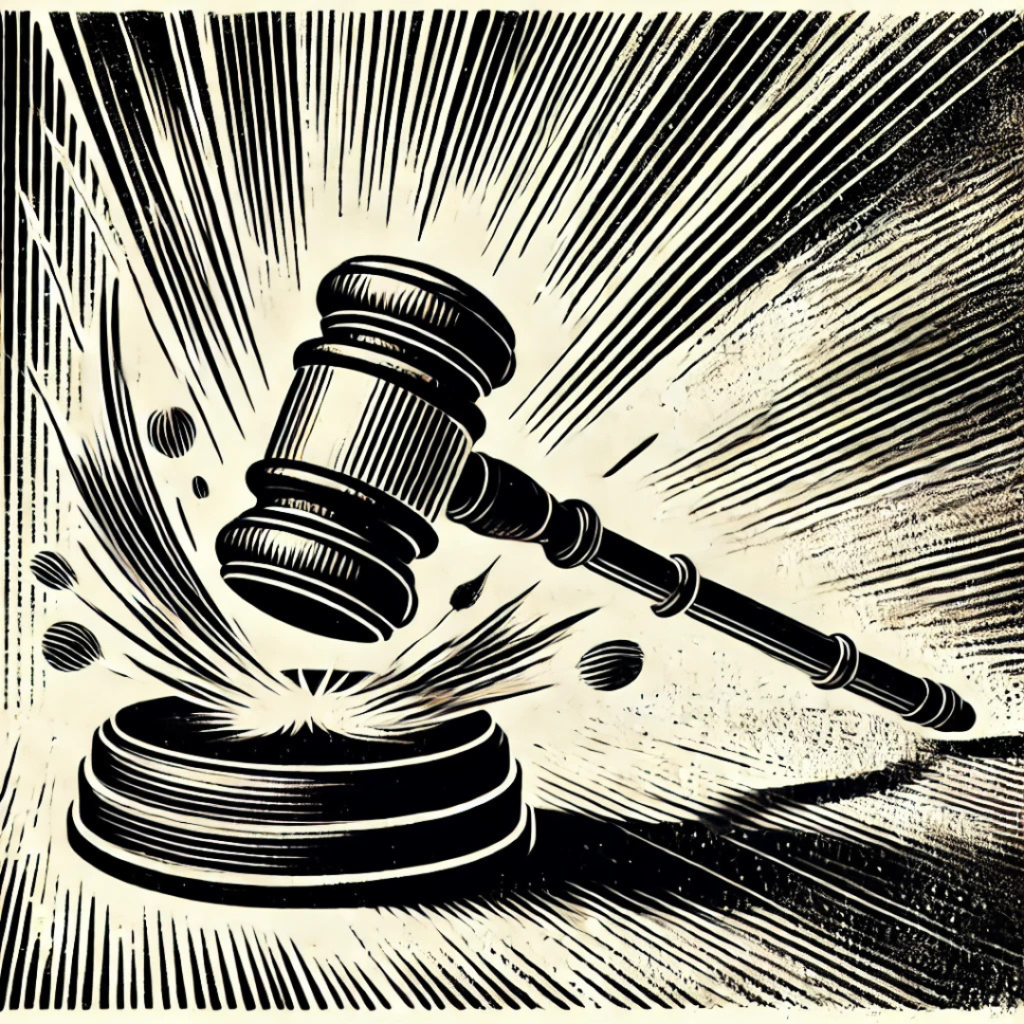We’ve been following the case of a painting contractor before the Supreme Court, and this week saw a decision.
The highest court in the land unanimously ruled against the contractor, upholding the conviction for fraud related to diversity requirements.
The government’s case against the Philadelphia-area contractor hinged on a theory called “fraudulent inducement.”
You may recall that we first started covering this case last July.
It all started with a requirement from the federal government that any contractors that do work must in some way use a “Disadvantaged Business Enterprise,” or a DBE.
The requirement was initiated to give minority-owned businesses a better shot at landing contracts with the Pennsylvania Department of Transportation (PennDOT).
The Philadelphia-area painters saw a hack, however: They hired a local DBE to act as a “pass through” company that got a cut of the contract without doing any actual work on the jobsite.
In a bid for a bridge construction project funded by PennDOT, the painting company claimed it was using a local DBE as a materials supplier.
As it would turn out, the company wasn’t supplying materials, and simply existed to satisfy PennDOT’s DBE requirement. In exchange for going along with the scheme, the DBE got a cut of the money.
That gave rise to the government’s case that the painters committed fraud by violating the contractual requirement to use a DBE on the jobsite. The contractors were convicted by the lower court, and appealed the case all the way up to the Supreme Court.
The Supreme Court took the case not because it has any particular interest in this Philadelphia painting contract, but rather because it gave them a chance to rule on the definition of “fraud.”
In the appeal, the painting company argued that the work they were contracted to perform got done on time, on budget, and to the customer’s specifications. It was the exact same paint job the bridge would have gotten no matter who supplied the material.
How can there be fraud if there isn’t any money lost.
But conservative Justice Amy Coney Barrett soundly rejected that argument in her majority opinion.
She maintains that the finding of fraud “is consistent with both the text of the wire fraud statute and our precedent interpreting it.”
In her opinion, Barrett established that this pass-through hack clearly met the definition of “fraudulent inducement,” saying the painting company devised a scheme to feign compliance with PennDOT’s requirement.
Barrett made clear in the opinion that this decision was meant to end any thought that fraud requires “economic loss.” She pointed to the fact that the Supreme Court has twice rejected the theory that a fraud conviction depends on economic loss.
Liberal Justice Sonia Sotomayor also wrote an opinion, siding with the majority, saying: “When a defendant tricks a victim out of their money by promising one thing and delivering something materially different,” she wrote, “it is no defense to say that the delivered items are of equal economic value.”

